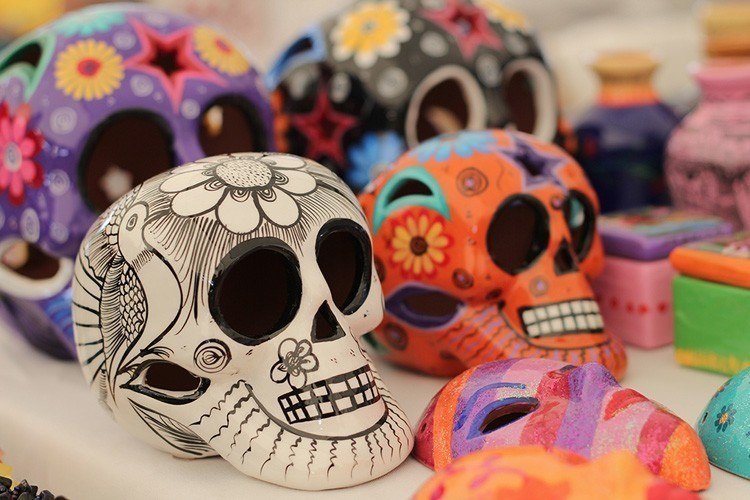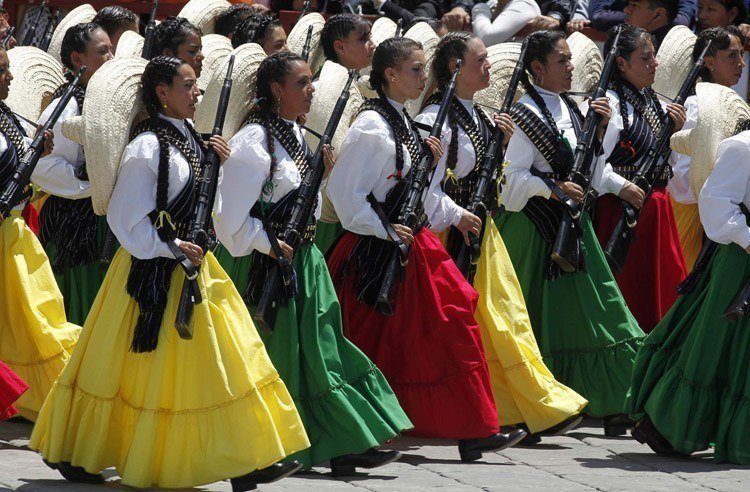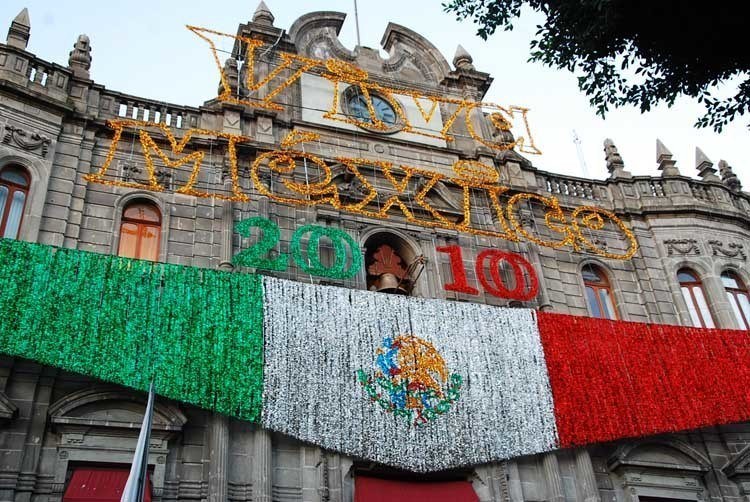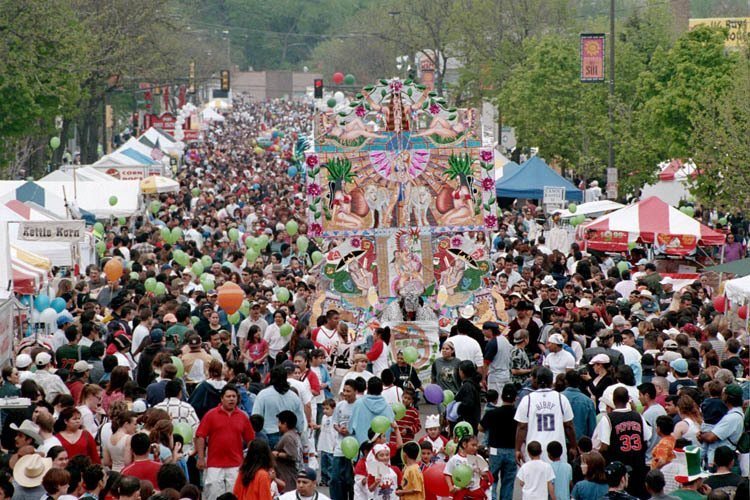

Source: Pan American Online
If you walk into just about any bar in the United States on May 5th, chances are that someone in there will be celebrating “Mexican Independence Day”. Not only are these people likely drunk, they’re also wrong. Says Alfonso Sumano, Regional Director of the Mexican Tourism Board in New York, “It is a big celebration of Mexican pride, and we’re OK with that, as long as everyone knows that it’s not related to Mexican independence.”
So let’s set the facts straight.

Source: Wikipedia
1. Cinco de Mayo is not Mexican Independence Day. Mexico won its independence from Spain in September–not May. Cinco de Mayo actually marks the anniversary of the 1862 Battle of Puebla, after Mexico was already an independent state and trying to ward off another foreign invader. It was in this battle that the Mexican army, highly outnumbered by a superiorly equipped French army, fought back French invaders and secured victory in Puebla, which slowed the French advance towards Mexico City.
Mexico ultimately lost the war, but the Puebla victory strengthened Mexican resolve and presented French forces with a force to be reckoned with.

Women dressed as soldiers to commemorate and celebrate the Battle of Puebla in a Cinco de Mayo parade. Source: The Dark Room

Source: Oaxaca Culture
2. Cinco de Mayo isn’t celebrated throughout all of Mexico. The unlikely Mexican victory is celebrated yearly on the fifth of May, and primarily in the state of Puebla, where the battle actually took place. Within and around Puebla it is known as El Día de la Batalla de Puebla, or in English the Day of Puebla Battle.

Traditionally dressed women dance in celebration of The Day of the Battle of Puebla. Source: Wikipedia
3. The US government’s desire to be kind and accommodating to Mexicans partially explains the day’s popularity in the United States. While it might seem that major US politicians and Americans living on the border are pretty hostile to Mexicans these days, Cinco de Mayo’s US appropriation stems from a time when the United States was trying to appeal to–and win over–an increasing Mexican population living in the United States.
Says ethnic studies professor and Cinco de Mayo expert José Alamillo, “The reason [Cinco de Mayo] became more popular [in the U.S. during the 1950s and 60s] was in part because of the Good Neighbor policy,” or a then-effort to reach out to neighboring countries. “Cinco de Mayo’s purpose was to function as a bridge between these two cultures”.

Source: Shoreline Sightseeing
4. Its present association with binge drinking is the result of super savvy ad campaigns. As a result of more open immigration policies, Mexican migration really took off in the 1980s and brought millions of young Mexicans into the United States. To many US alcohol corporations, this spelled a huge business opportunity.
According to Alamillo, US corporations were eager to sell product to the expanding Hispanic population in the United States–and an especially young one that was more receptive to advertisers. “Cinco de Mayo,” says Alamillo, “became a vehicle to tap into that market”.
The post Everything You Think You Know About Cinco De Mayo Is Wrong appeared first on All That Is Interesting.